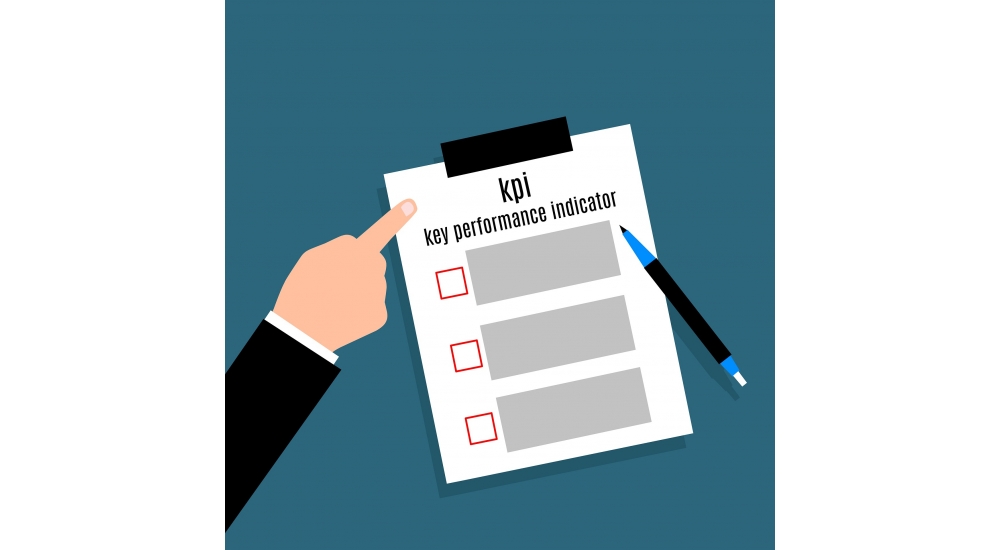Influencer marketing touches more and more industries. In fact, as explained in an earlier article, only 34% of the consumers trust the brands they buy.

This lack of confidence is part of the reason why consumers reject brand communication and would rather turn to influencers. The advertisers use influencer marketing to face new challenges.
Why should it be incorporated in the global marketing strategy? How can new influencers be found and how does one choose the right influencer? There are so many questions to be answered, but the most important challenge for most of the advertisers lies in determining the return on investment of such a campaign.
Influencer marketing uses specific concepts which are important to understand. In this article, those concepts are listed and explained so as to clarify this marketing strategy and its function. In reality, the notions are called KPIs or Key Performance Indicators which are performance indicators that permit the evaluation of a campaign’s efficiency and the rectification of the strategy.
Reach
When one looks at a publication’s statistics, one is often faced with impressions and reach. The reach can be considered as the actual audience or the scope of a publication. A campaign’s reach is determined by the number of unique people who have seen the publication. In this case, a person who views the same publication multiple times will still only be counted as a single view in the reach calculation.
There are two types of reach: Organic reach and sponsored reach. Organic reach corresponds with a view that has come about naturally and for free, while sponsored reach references paid content which is spread amongst an audience by an advertiser.
Impressions
Impressions refer to the number of times a publication is viewed. The difference with reach is that here, one person who views a publication multiple times will be counted every time the publication is opened. Impressions could also be defined as the total number of times a publication is showed on social media networks.
Engagements
One should also look at engagements. It is without a doubt one of the most important indicators in the eyes of marketeers. However, due to the different ways it is calculated, information on engagements is difficult to find. Generally, engagement is calculated as follows: The number of consultations (comments, likes, and shares) divided by the audience (total number of followers). It can also be determined by looking at the number of impressions or in function of the reach of a publication. When one consults the engagement, it is important to always know what way is used to calculate the figure.
Conversion
Conversion is realised every time a user makes a desired action. Generally, the desired action is considered as the campaign’s goal, for instance a simple click on a URL, opening a subscription on a linked account or buying something.
Evidently, there are many other indicators to measure the impact of an influencer campaign. Traffic, for example, corresponds to the number of users who have been brought to the advertiser’s website from the influencer’s social media publication. EMV (Earned Media Value) calculates the importance of branded content gained through marketing efforts on unpaid and non-brand owned media channels.
Whichever KPI is chosen, one must be aware of the different ways it can be determined in function of the campaign. It is important to agree on the desired objectives, on the definition of the KPI, and on the way it is calculated.











